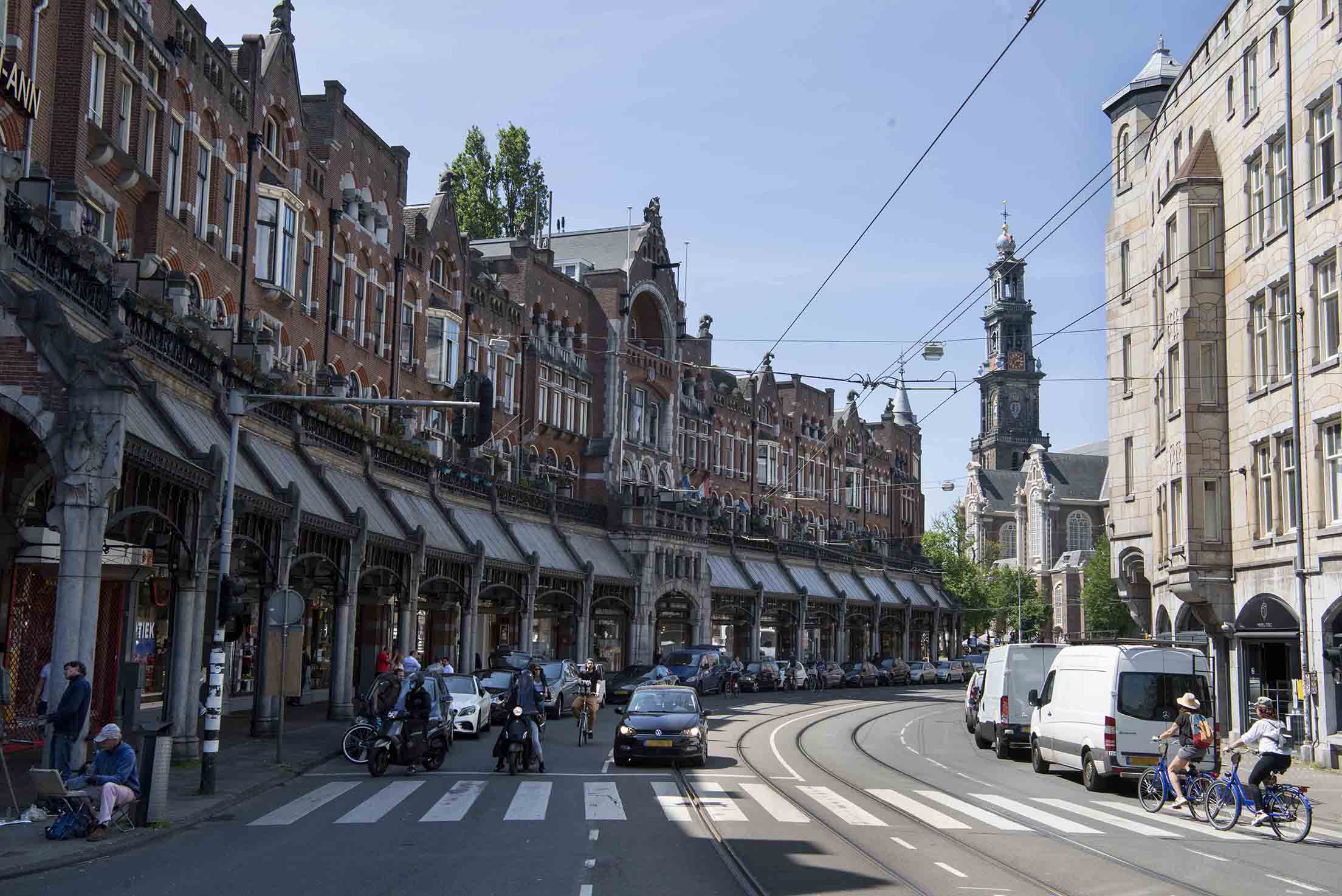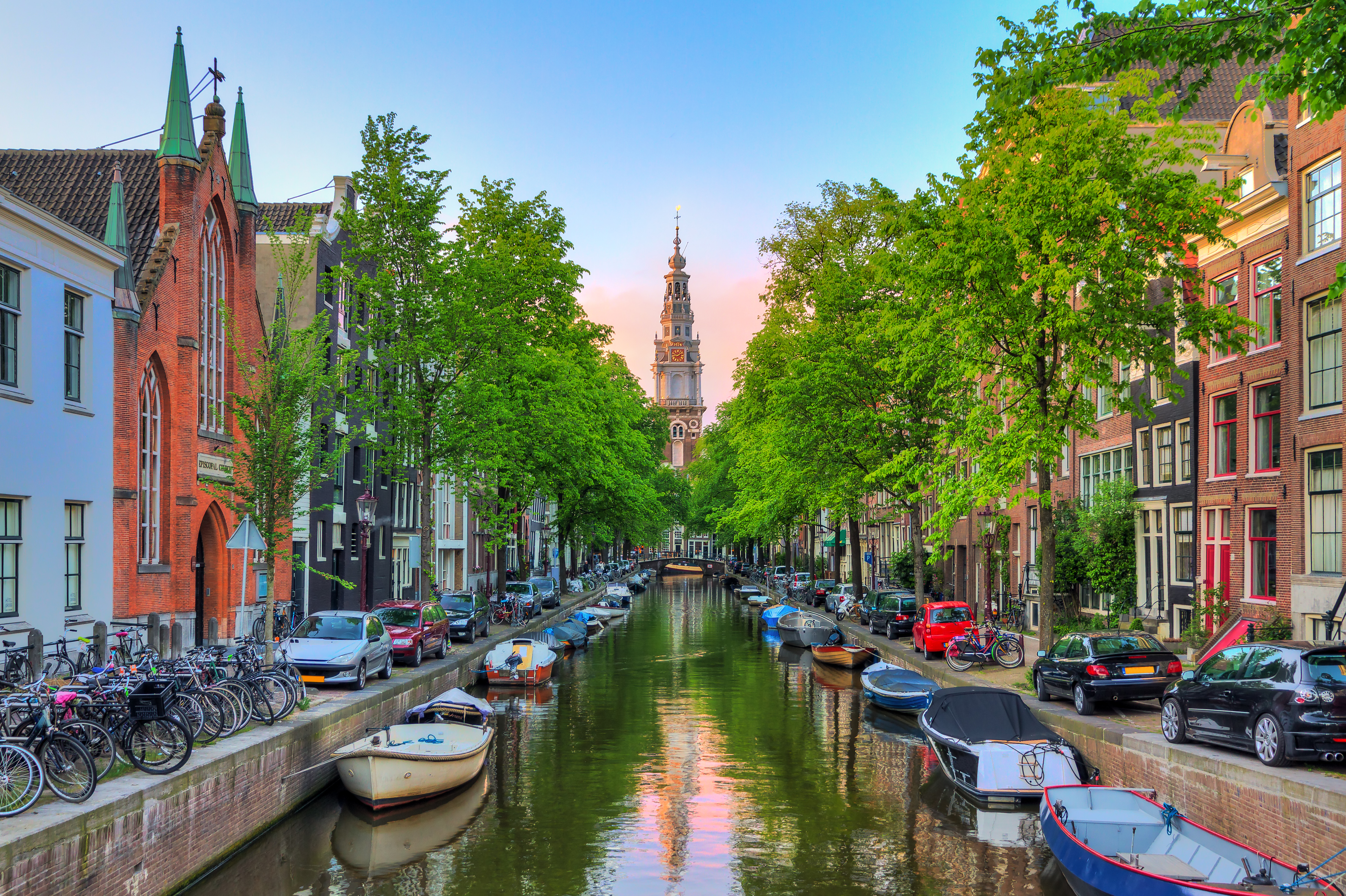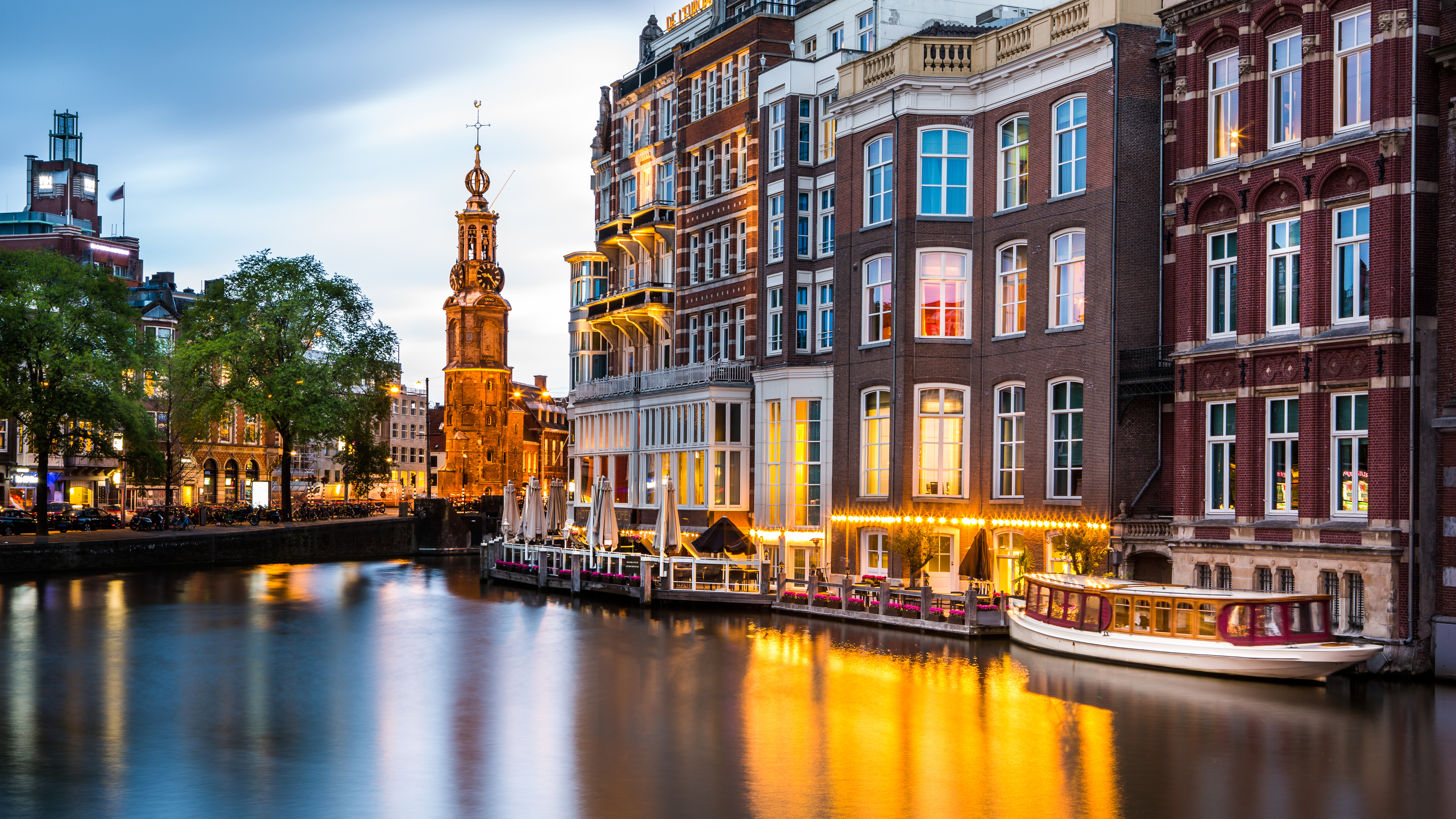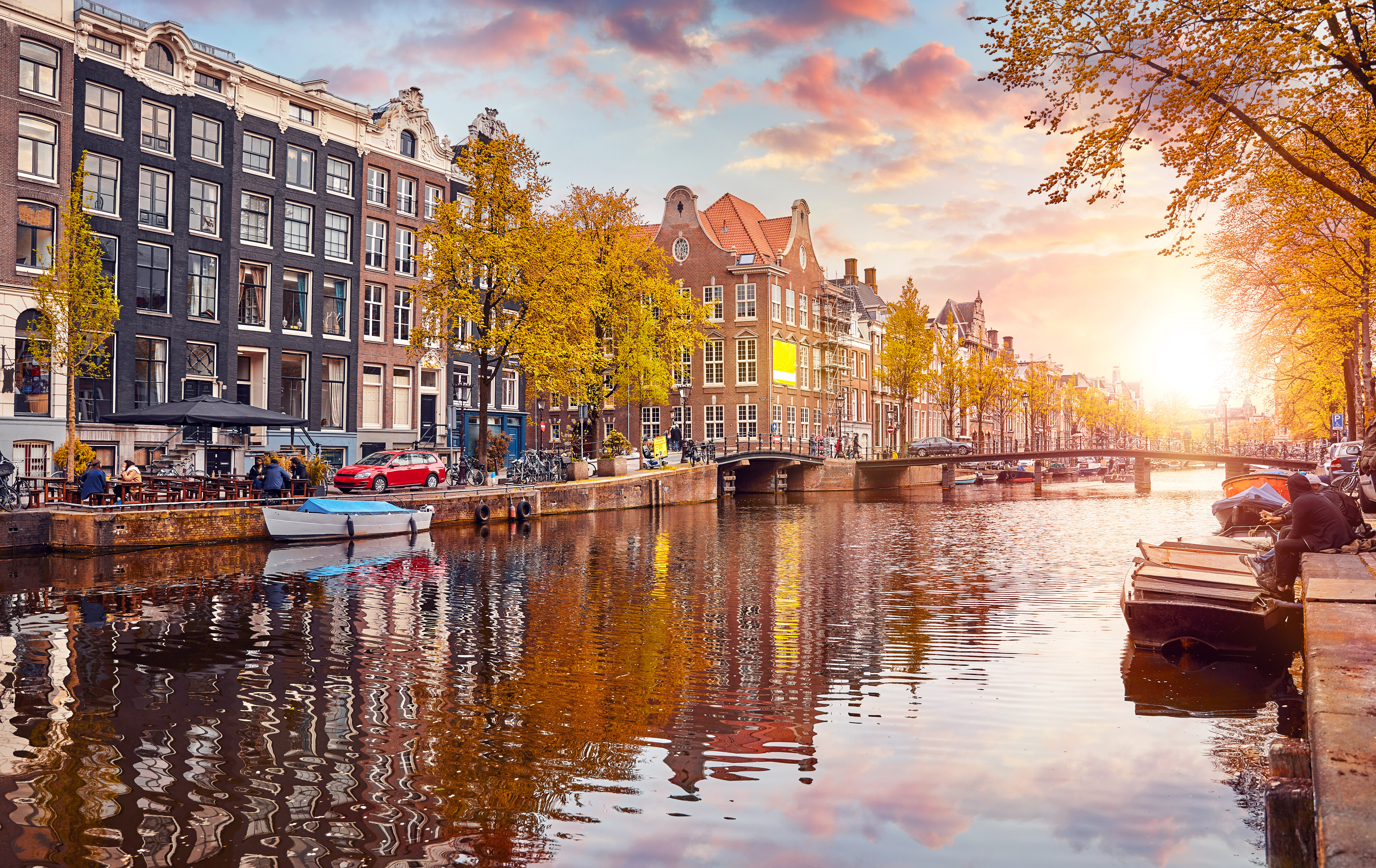iRent 020 uses cookies
To give you the best experience on our website, iRent 020 uses cookies. These cookies help us to:
- check Keeping the website functioning properly
- check Keeping anonymous statistics
- check Improve the website
Your privacy is paramount. Read more about this in our Privacy Agreement. For more information about our cookies, read our Cookie Policy.
Set your own cookies
You can also opt for the necessary cookies. However, this may affect your experience of the website. Please make your choice below:
This is what we use cookies for:
- check For optimum functionality
- check To understand how our site is used
- check Usability research



